Ms. HNX (29 years old, in Tay Ninh ) recently often experienced prolonged pain in the right hypochondrium. When the pain became more severe, she went to the hospital for examination, the doctor discovered a biliary tract infection and liver flukes in the common bile duct.
At the General Surgery Department, Xuyen A General Hospital (HCMC), doctors examined and prescribed paraclinical tests. Through interdisciplinary consultation, Ms. X. was diagnosed with biliary tract infection suspected to be caused by stones in the terminal part of the common bile duct and the patient was prescribed ERCP for treatment.
On November 16, Dr. Nguyen Dinh Tung (Deputy Head of Endoscopy Department - Xuyen A General Hospital) said that during the endoscopic retrograde cholangiopancreatography, observing under the C-Arm screen, the patient's common bile duct was dilated about 10 mm, with a small balloon at the end that did not absorb the medicine. After that, the doctors cut the papilla of Vater, using the balloon to pull out a liver fluke about 20 mm in size from the patient's body. The fluke sample was tested and identified as a large liver fluke.
The procedure was completed safely and the patient was transferred to the General Surgery Department for further treatment against infection and specific treatment to kill liver flukes. After 3 days of treatment, the patient's health stabilized and he was discharged.
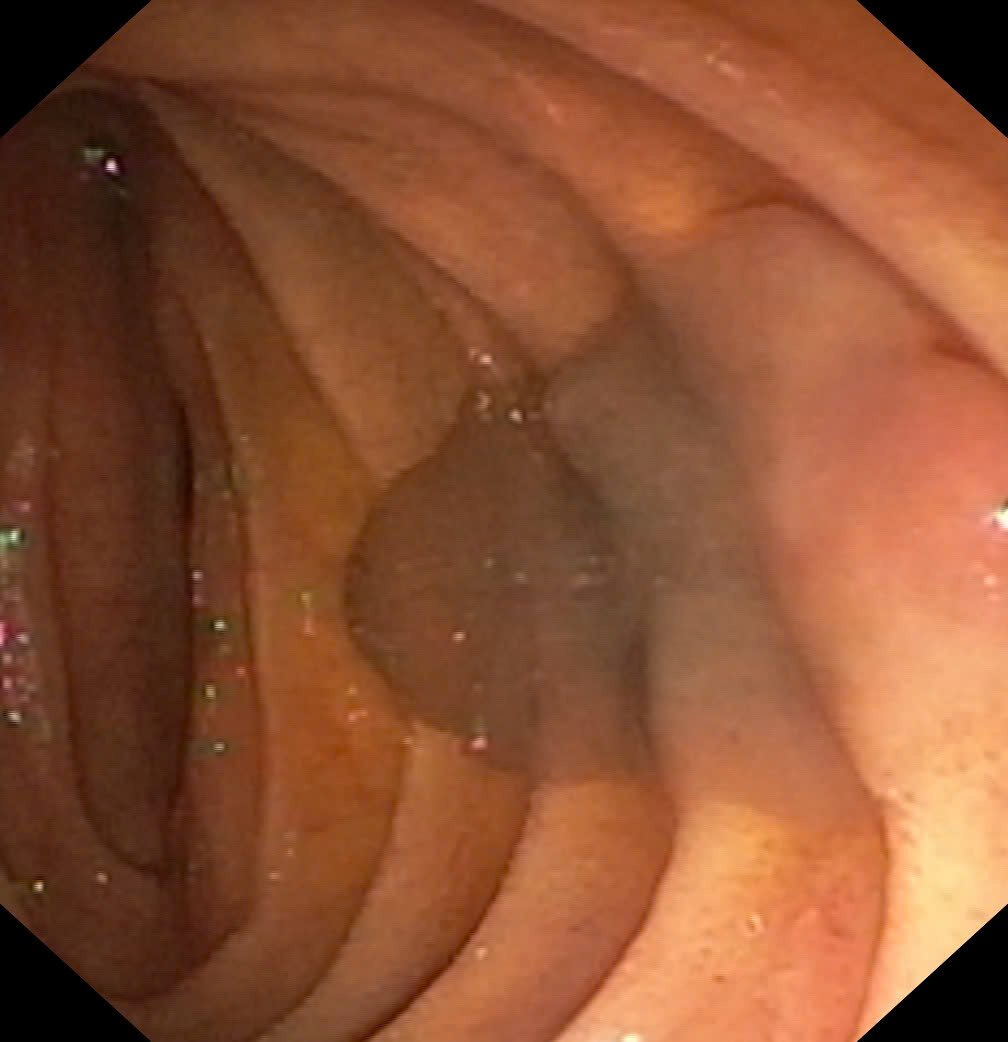
Image of liver fluke during endoscopy
According to Dr. Tung, liver fluke disease can be effectively treated, limiting the risk of serious complications if detected and treated early. Usually, patients will be treated with anti-parasitic drugs, depending on the type of fluke. In the case of patient X, the fluke has entered the bile duct and grown to a large size, causing serious complications, so removing the fluke by endoscopy will help achieve the fastest and most thorough results.
Endoscopic retrograde cholangiopancreatography is a modern endoscopic technique that helps to examine, survey and treat diseases of the bile duct, gallbladder and modern pancreatic duct. By applying the endoscopic retrograde cholangiopancreatography method in diagnosis and treatment, patients can avoid surgery, it is less invasive, reduces complications, saves costs and has a quick recovery time.
Some common symptoms in people infected with liver flukes
Dr. Tung said that fascioliasis is caused by the large liver fluke (Fasciola hepatica or Fasciola gigantica). This fluke lives mainly as a parasite in herbivorous animals such as cows, buffaloes, etc. When entering the human body, fascioliasis often parasitizes in the bile duct, in a few cases it can parasitize in the muscles, under the skin, peritoneum, etc.
Large liver flukes when parasitizing in the bile duct will destroy liver tissue, creating lesions in the liver. In particular, liver fluke disease, if not detected and treated thoroughly, can cause liver abscess, cholangitis, cholestasis, and can even lead to bile duct cancer.
Some common symptoms in people infected with liver flukes that need attention include dull pain in the abdomen (liver location), pain spreading to the back or epigastric region; bloating, nausea; digestive disorders, pale skin, jaundice, hives; fluid in the abdomen; fatigue, loss of appetite, weight loss...
Through the above case, Dr. Tung recommends that people should eat cooked food and drink boiled water, and deworm periodically every 6 months. Especially people in high-risk areas (river areas, people working in livestock and agricultural environments) should have regular health check-ups and parasite tests to prevent and promptly detect liver flukes and other parasites.
Source: https://thanhnien.vn/san-la-gan-20-mm-song-trong-ong-mat-chu-co-gai-29-tuoi-185241116103602514.htm



![[Photo] Urgently help people soon have a place to live and stabilize their lives](/_next/image?url=https%3A%2F%2Fvphoto.vietnam.vn%2Fthumb%2F1200x675%2Fvietnam%2Fresource%2FIMAGE%2F2025%2F12%2F09%2F1765248230297_c-jpg.webp&w=3840&q=75)




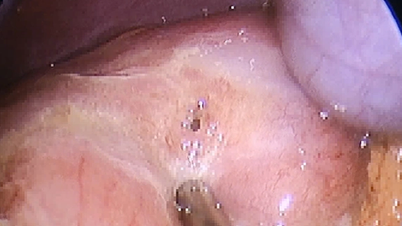

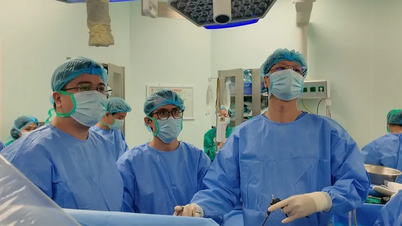


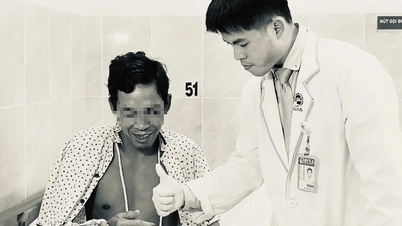

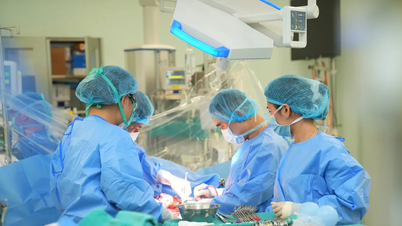






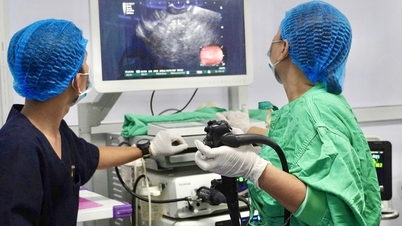
























































![[Photo] General Secretary To Lam works with the Standing Committees of the 14th Party Congress Subcommittees](https://vphoto.vietnam.vn/thumb/402x226/vietnam/resource/IMAGE/2025/12/09/1765265023554_image.jpeg)













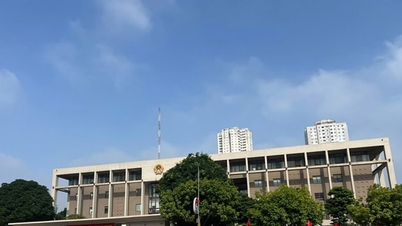




















Comment (0)